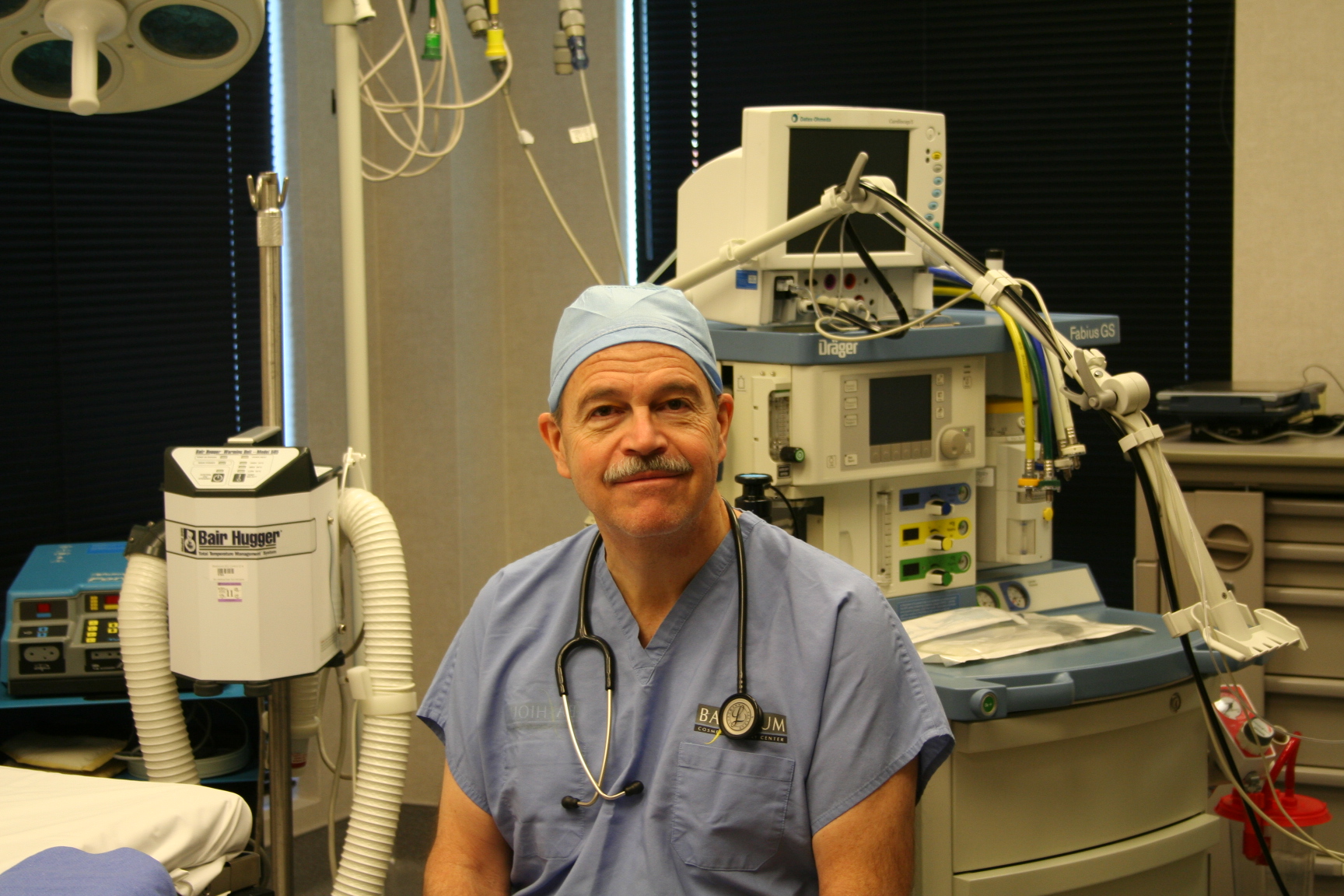Steps in Cosmetic Surgery: Dissection
August 29th, 2012
Step 2: Dissection.
Over 1.5 million cosmetic surgeries were performed in the US last year according to the American Society of Plastic Surgeons. Let’s continue my series about the four basic universal steps in performing these elective cosmetic surgery procedures. The next step in the surgery after the incision has been made is to do the dissection. Once the incision is made and the skin has been divided, access to the underlying tissues is possible. Some degree of dissection is necessary to proceed with the next step of surgery. Dissection is simply the division or separation of underlying structures in order to facilitate the proper cosmetic change.
There are essentially two ways to accomplish this step. Either a combination of skin and fat is released or skin, fat and muscle are released. This choice depends on the type of cosmetic surgery being performed. For example, liposuction releases skin and fat from the underlying fat and muscle. Breast enlargement surgery releases skin, fat, breast tissue and muscle from ribs and muscle in order to properly place the implant.
Please check back next time for more of this series.
4 Steps for Cosmetic Surgery: Minimize Scars
August 27th, 2012
Cosmetic plastic surgeons are trained to minimize scars following surgery. The surgical design plan determines where the scar(s) will be located. This determines the appearance after surgery. There are several choices to consider when designing incision placement based on the type of surgery I am doing. I evaluate placement using key solutions such as, whether it can be covered with clothing, camouflaged by make up, obscured by hair style, hidden within body orifices (nostrils) or concealed within the natural creases of the face or body. My overall philosophy is to utilize all these elements, so that minimal efforts are sufficient to keep any scars out of plain sight or minimized following cosmetic surgery. I suggest patients look at Before/After photos to help get an idea of the surgeon’s aesthetic skill in reviewing their final results.
I also custom design most surgery scars to be as short as possible. The length of a scar will ultimately be determined by the goals of the surgery and the limitations of technology. Obviously, a longer scar will usually be more conspicuous than a shorter scar. For instance, I use a 2 cm incision to do breast enlargement with saline implants. The implant simply cannot be inserted through a smaller scar at this time. However, as technology changes and there are advances in cosmetic surgery, our techniques evolve. It is important to refrain from exposing new scars to the sun. Tanning a scar before it has healed completely (soft and white) can cause discoloration, which may be permanent. Scars are not fully mature for up to six months, so keep them covered or applied with adequate sunscreen applications.

